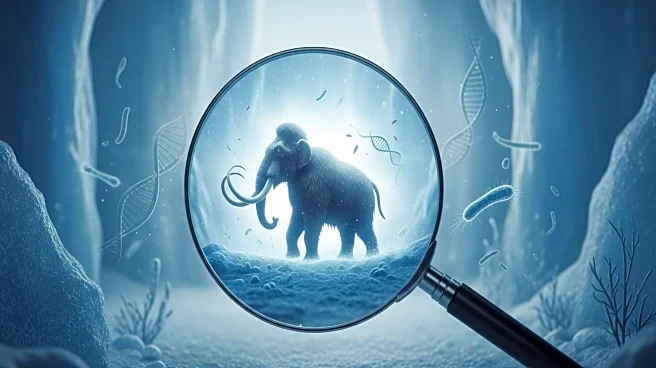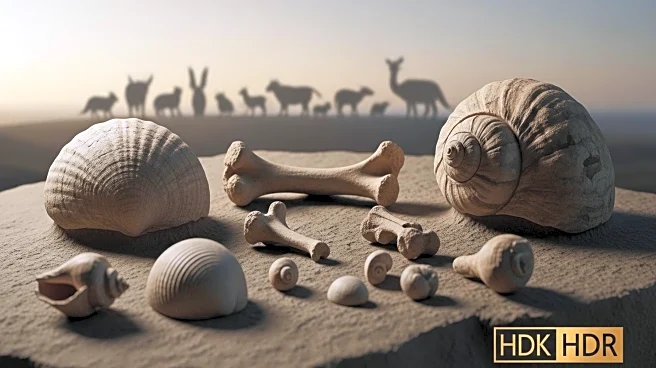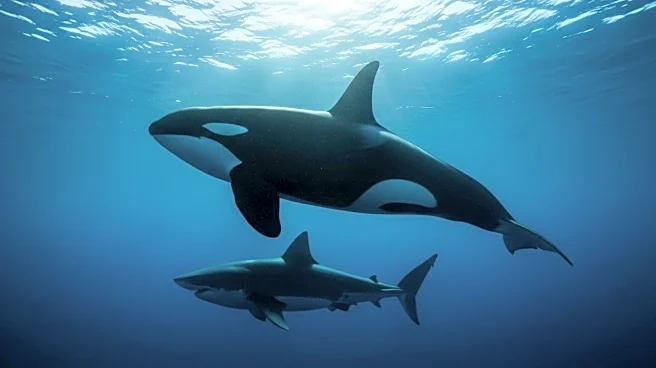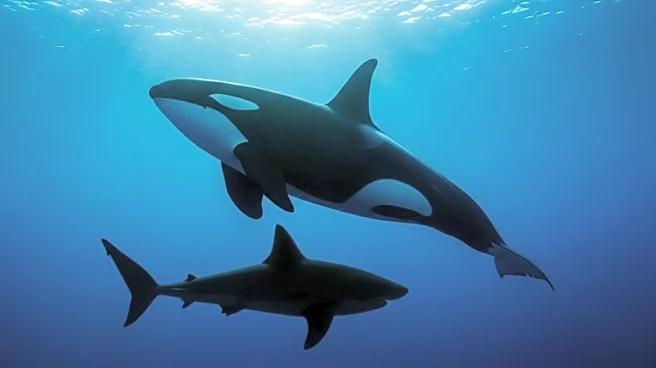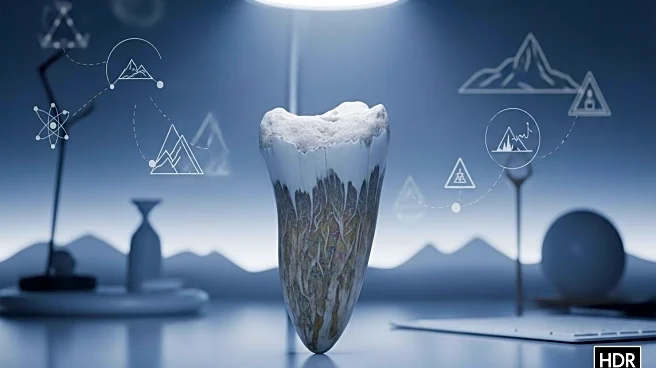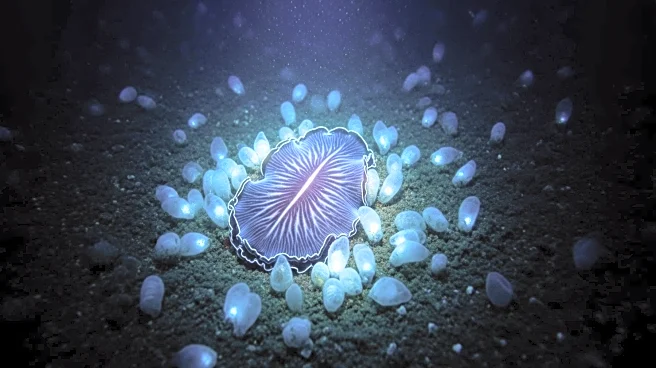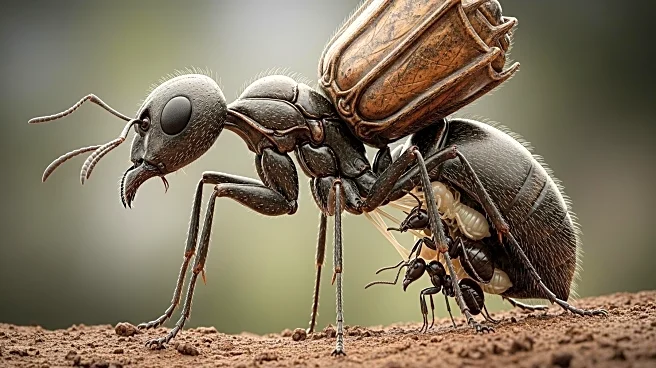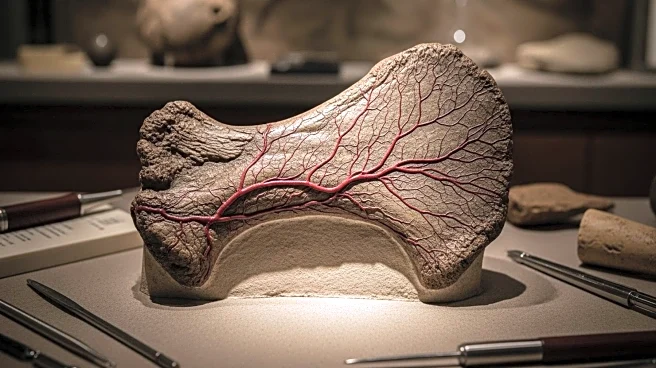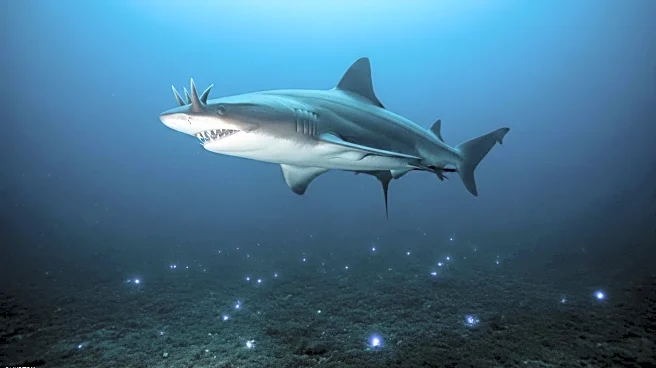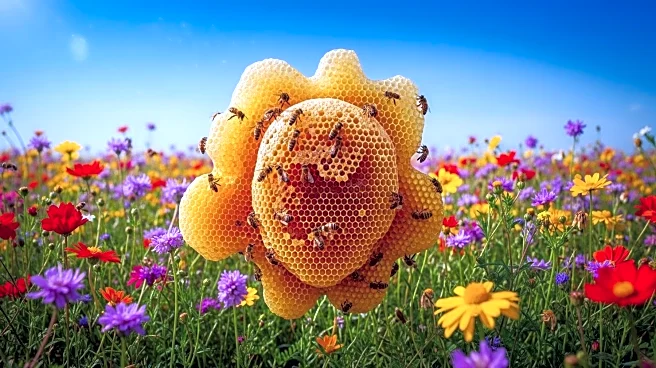What's Happening?
Researchers have reconstructed partial genomes of Erysipelothrix bacteria from a 1.1-million-year-old mammoth, marking the oldest known host-associated microbial DNA ever recovered. This discovery reveals that fossils can preserve entire ecosystems of microbes, offering a new perspective on DNA's role beyond protein synthesis. The study highlights the importance of noncoding DNA, which regulates gene activity and contributes to evolutionary processes. The findings suggest that microbial DNA can provide insights into ancient ecosystems and the interactions between extinct species and their environments.
Why It's Important?
The ability to recover microbial DNA from ancient fossils opens new avenues for understanding the history of life on Earth. This research could enhance our knowledge of how microbes influenced the survival and extinction of species, offering clues about past environmental conditions. The study also underscores the potential for using DNA to predict disease risk and tailor medical treatments, as many health issues stem from mutations in regulatory DNA. By exploring the genetic makeup of extinct species, scientists can gain insights into evolutionary processes and biodiversity.
Beyond the Headlines
The discovery of ancient microbial DNA challenges traditional views on fossil preservation and highlights the complexity of genetic interactions. It raises ethical questions about the use of genetic information from extinct species and the implications for conservation efforts. The research also prompts discussions on the role of microbes in shaping ecosystems and their potential impact on modern biodiversity.
